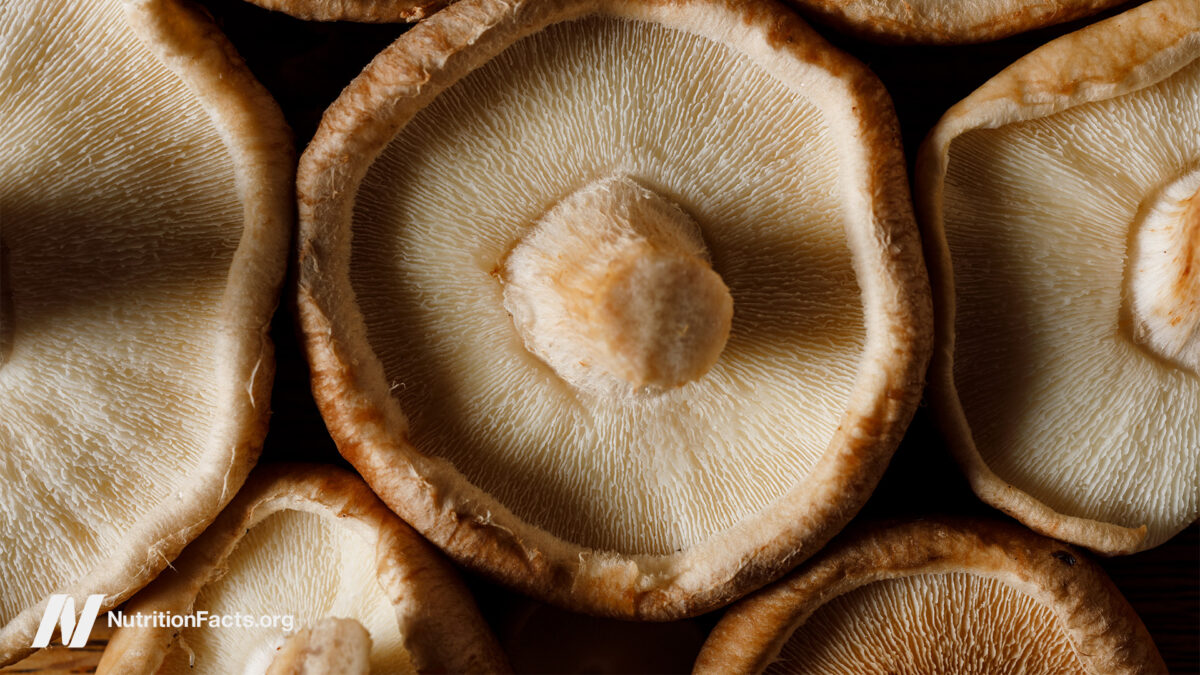Best of the Haiku Challenge (April 2025)
Announcing the winning poems from Tricycle’s monthly challenge The post Best of the Haiku Challenge (April 2025) appeared first on Tricycle: The Buddhist Review.

Announcing the winning poems from Tricycle’s monthly challenge
By Clark Strand Jun 01, 2025 Illustration by Jing Li
Illustration by Jing LiAt 17 syllables, haiku is the world’s shortest form of poetry. Paradoxically, it is also the most versatile. A haiku can express any thought on any subject, so long as it does so in three lines of 5, 7, and 5 syllables and remains grounded in circular (i.e., seasonal) time. Its only limits are the imaginative capacity of the poets who use it. Each of the winning and honorable mention poems for last month’s challenge explored the range of emerging possibilities for haiku in English—from objective “nature sketches” to lighthearted popular humor.
Kathleen Bednarek remembers the week in early springtime when the rain left a “branch of yellow” behind like a calling card. Scott Moore takes a satirical approach to the season word in his comical haiku on “how to make spring rain.” Marcia Burton celebrates the beauty of spring rain “as it joins the lake,” sparkling in a patch of sunlight.Congratulations to all! To read additional poems of merit from recent months, visit our Tricycle Haiku Challenge group on Facebook.
You can submit a haiku for the current challenge here.
Spring Season Word: Spring Rain
WINNER:
Spring rain visiting
That week the clouds left behind
A branch of yellow
— Kathleen Bednarek
I couldn’t help but think of the opening lines of Bashō’s famous travel diary Oku-no-hosomichi (“Narrow Road to the Deep North”) when I read last month’s winning haiku:
The moon and sun are eternal travelers. Even the years wander on. A lifetime adrift in a boat, or in old age leading a tired horse into the years, every day is a journey, and the journey itself is home. (Trans. by Sam Hamill)
If I had to sum up Bashō’s masterwork in three simple words, they would be, “Life is movement!” That is very different from saying “Life is fleeting!” Bashō occasionally mourns the passing of time, but it isn’t where his mind is at from one day to the next.
Bashō was the first haiku poet to articulate an ecological truth that lies at the heart of human experience: that all life moves in that Great Circle we call the four seasons of the year. Even an ordinary, unambitious life is a journey for the person who bears witness to that truth.
The “branch of yellow” is most likely forsythia—a shrub with long, thin, gently arching branches. After a week of rain, its bright, bell-shaped flowers announce the arrival of early spring.
The best haiku use ordinary language to trigger associations that, while not explicitly “spelled out,” still allow the reader to make the small cognitive leap that is necessary to complete the meaning of the poem. In this case, the yellow branch left behind by a week of clouds is the “calling card” of the spring rain—a satisfying turn of thought reminding us of an earlier era when neighbors dropped by for impromptu visits and everyone trusted their eyes to tell them the season rather than consulting a weather app.
Where is the poet in all of this? What are her feelings and thoughts? As always with haiku, we are left to read between the lines. The use of past tense tells us that spring is nearly over. The forsythia lingers in the poet’s mind as a reminder of those drizzly days of early April that would feel dreary but for the promise of a world coming back into flower at the end of them.
The poem is about that promise—a small testament to the yearly triumph of circular time. Everything passes. But then everything returns. The only thing needed for life’s journey is faith in that one essential truth.
HONORABLE MENTIONS:
How to make spring rain:
Boil an ocean. Gather steam.
Misplace your jacket.
— Scott Moore
a patch of sunlight
making the spring rain sparkle
as it joins the lake
— Marcia Burton
◆
You can find more on April’s season word, as well as relevant haiku tips, in last month’s challenge below:
Spring season word: “Spring Rain”
the ones and zeroes
inside of a computer
cannot touch spring rain
Submit as many haiku as you please on the season word “spring rain.” Your poems must be written in three lines of 5, 7, and 5 syllables, respectively, and should focus on a single moment of time happening now.
Be straightforward in your description and try to limit your subject matter. Haiku are nearly always better when they don’t have too many ideas or images. So make your focus the season word* and try to stay close to that.
*REMEMBER: To qualify for the challenge, your haiku must be written in 5-7-5 syllables and include the words “spring rain.”
Haiku Tip: Two Approaches to Season Words
Broadly speaking, there are two approaches to using season words in haiku. The first is to start with the word and then think of something to say about it. The second is to start with what we want to say, then find the right season word to express it. The first approach favors self-discovery, the second self-expression. To become a good haiku poet, we must be able to do both.
In our Tricycle Haiku Challenges, we take the first approach. The season word is a given, so our task each month is to find a way to relate to it that is authentic or original. This typically involves a lot of experimenting. When we arrive at a turn of thought that adds just the right twist, we are the first to experience that little jolt of surprise that makes for a good haiku.
We learn a lot about season words this way. That is why so many Japanese poets write haiku on preassigned seasonal topics. It’s a bit like learning a new language. Eventually we develop a big enough vocabulary to express ourselves fluently in the haiku form. That is where the second approach comes in.
I wrote the first two lines of this month’s sample poem a few days before I arrived at the third. As a haiku poet, I feel strongly that virtual reality will never replace reality—much less the beauty and spontaneous vitality of the natural world. One way to express that idea was by contrasting “the ones and zeroes inside of a computer” (i.e., its binary coding) with some image from nature.
I thought of various birds or flowers I could use as a season word, but none of them felt quite right. True, they were alive and the coding was not. But somehow that wasn’t enough. Then I thought of “spring rain” and instantly knew I had the right word.
Leave a digital device out in the rain and it will quickly cease to function. Soon it will be nothing but silica, metal, and plastic. That image wasn’t directly included in the poem, but I was fairly certain that most readers would find the image of spring rain incompatible with the inner workings of a computer. Which was precisely the point I was trying to convey. Virtual reality can’t touch reality. It can’t even survive a good rain.
A note on spring rain: Spring rain softens the earth at the end of winter, quickening the lives of trees and other flowering plants. A warm, slow rain that can continue for hours, its tedium is counterbalanced by its effect on the land. The grass becomes greener afterwards and the world gets back its colors: pink and purple, orange, red and blue. In agricultural communities especially, the rains of spring are a blessing, hastening the season of growth and renewal.
![]()
Thank you for subscribing to Tricycle! As a nonprofit, we depend on readers like you to keep Buddhist teachings and practices widely available.

 JimMin
JimMin 



















![The 2026 AI Search Benchmark Every SEO Leader Needs [Webinar] via @sejournal, @lorenbaker](https://www.searchenginejournal.com/wp-content/uploads/2025/11/1-259.png)











